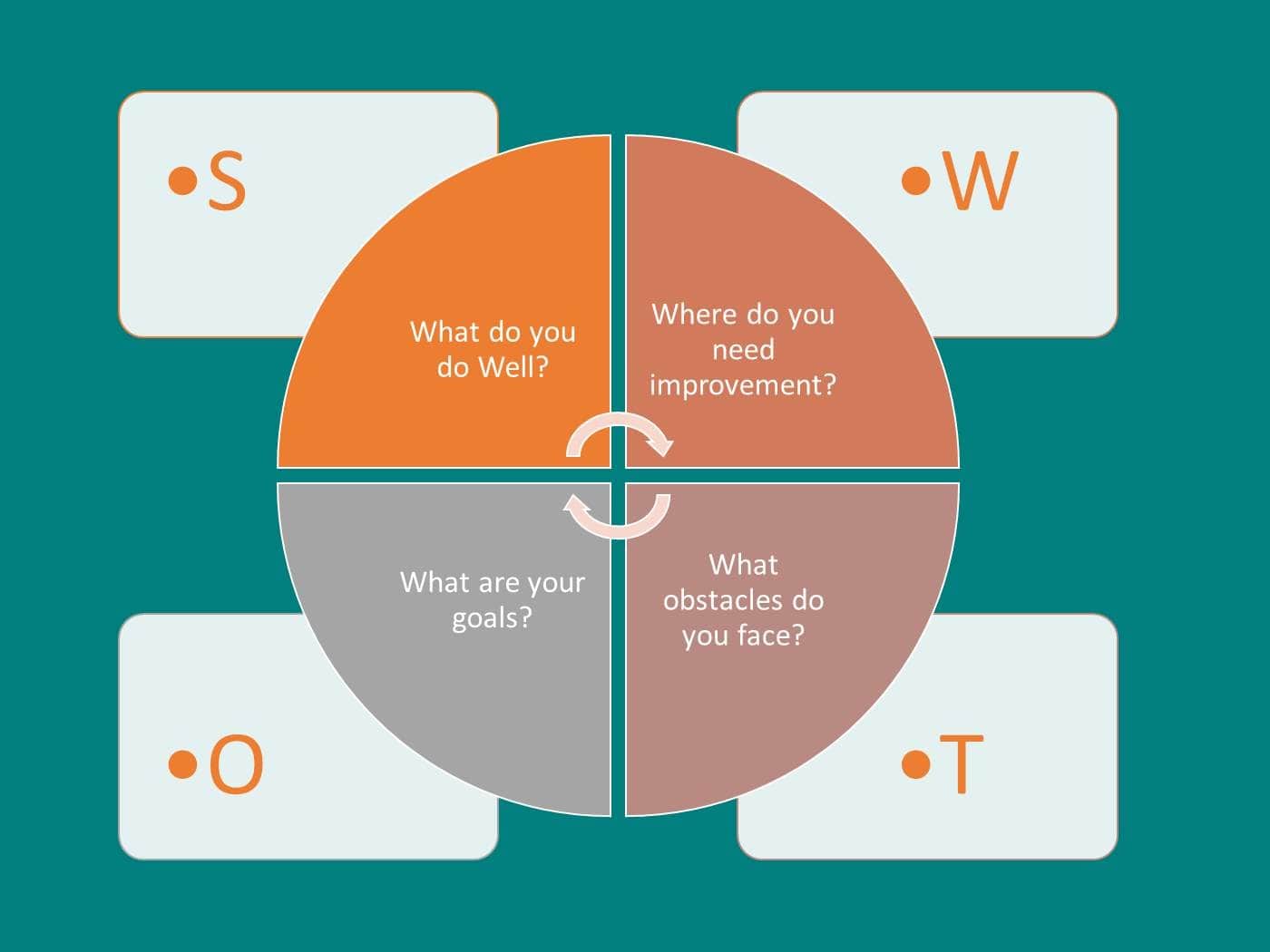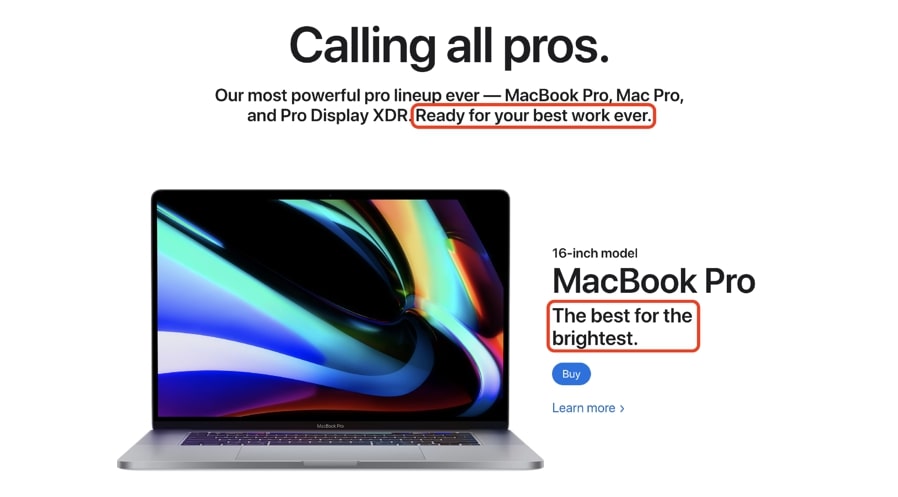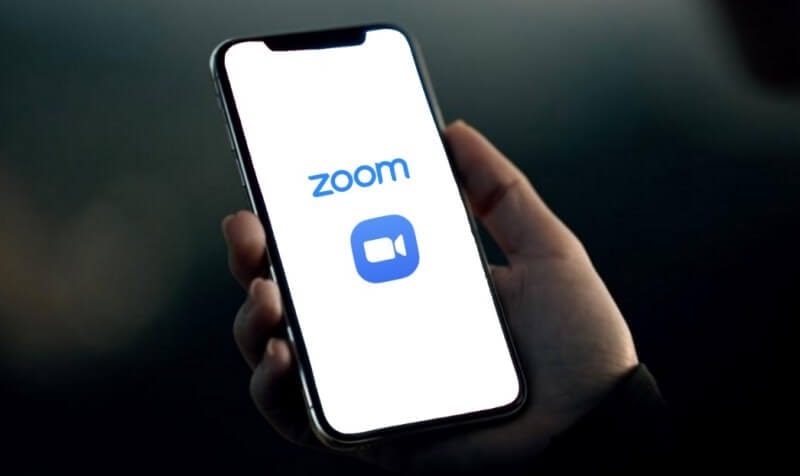How to Create a Competitive Product Marketing Strategy
Companies have made a great deal of effort to advertise their brands. They make fabulous logos, create automation tools for email marketing and develop awesome websites, among other endeavors. Your brand, however, means nothing without a strong product.
It is crucial to get it right with so many people engaged and so much time and money spent on your new product. You do not want to focus on creating your brand all your time and work to fail only with your first product. Successful products demand successful tactics for product marketing. This means that you must guarantee that the product satisfies the clients’ needs, position it properly in the market, and plan to get the idea around.
Why is a product marketing strategy important?

Product marketing is an essential aspect of the marketing strategy of every company. Your product will not reach its full potential across your target audience without it. You can better understand your customers, position the product properly on the market, boost revenues and improve sales through product marketing.
Also, in response to the increase in marketing technology, notably, software as a Service (SaaS), product marketing has been developed. Increasing competition in the technology business has been introduced in the SaaS boom. This increase made distinguishing and prioritizing vendors challenging for buyers. As anyone in the marketing sector will tell you, it is crucial to position and brand communications in this crowded competition. And today, brand narratives are built by product marketers as part of their competitive strategy.
How to build a comprehensive product marketing strategy?

Step 1: Have an innovative product
It may be evident, but the first step to building a good plan for product marketing is to ensure that your product is strong. You must ensure that the product is developed in line with the customer and is aligned to his needs before you even start to put your plan together. Ask what problem the buyer solves with your product. How’s it going to improve their lives? Responding to these questions will allow you to identify the correct promotional message.
It is more crucial than its capability for the worth of your product. In other words, instead of its characteristics, you should focus more on the upsides of your product. Each feature should be built in a way that gives the consumer a certain value. You should at least have a newly established product that solves a common difficulty for the business.
Step 2: Research the market

You must design product, position, and marketing strategies on a comprehensive market research basis. There are two forms of research you require - competitive research and market research. The research stage on the market will disclose how practical your idea takes into account the present company environment, the client buying patterns, and the competition pool.
Implement primary and secondary research
Use primary research to establish a buyer or user, the secondary for competition analysis (we’ll talk about it below). Plan individual interviews and group surveys with your prospective customers throughout the main research phase. Prepare questions to receive answers to the demand or lack of it, products already being used, etc.
During secondary research, external sources with already produced data employ statistics, journals, online sources, etc. These metrics tell you whether it is feasible to create this product. How many are willing to use your solutions? Who could afford it?
Conduct competitor research
While market research is geared at potential customers, competitive analysis analyzes comparable products and suppliers in your sector. It’s about finding out the key competitors and understanding your own product strengths and weaknesses.
Use prepared market research and industry data, or use Google and social media to manually gather up the information. View all your competitors’ products, evaluate the traffic of your sites, examine their sites and social network information. Include them in three categories: primary, secondary, and tertiary. You can check what additional things you don’t have and comprehend how you can arrange them.
Build a SWOT analysis

SWOT analysis shows your product or competition’s strengths, weaknesses, opportunities, and threats. This tool designs in-house and outside company environments and then finds out how you can utilize the strengths to take advantage of the opportunity, reduce the weaknesses by helping you avoid dangers, and what weaknesses are making you exposed to identified threats. Due to the operations currently underway, you can foretell the outcome of a product on the market.
Step 3: Identify the target audience
You can design a buyer persona based on the outcome of your market research. This is a picture of an average customer buying your product. This will enable you to customize your product and its features to meet your audience’s challenges.
Conduct a number of interviews and internet research with existing consumers or companies’ potential CEOs in your field. Start with some research and collected information, such as age, gender, family status, degree, profession, that you can get about your target audience.
You can make sure all your product marketing plan components are adapted to the target customer and person by studying your customers and their needs, difficulties, and pain points. This means your audience can experience the product and the marketing content developed for the product.
Step 4: Determine a pricing strategy

Two similar products on the market have similar qualities, but one is far more expensive. The pricing of their products and services depends on software business models and strategies that companies put into effect. The following are some popular pricing strategies you can apply for your product to maximize marketing effectiveness and profitability.
- Competitive pricing - This means setting the same price for similar products as your competitors. If you offer something distinctive, you can set your prices higher than similar things. Make sure to review your competitors’ cost performance in the following published financial reports.
- Promotional pricing - A strategy designed for the new product that recently entered the market. It lowered the price than the average market price but afterward increased. This approach assists in attracting a product buyer.
- Commodity pricing - A strategy for low-level products on the market does not differ.
- Skimming pricing - A high price strategy for intermediate products, frequently in supplementary products/services.
- Value-based pricing - A pricing approach based mostly on the consumer’s perceived value or service.
- Premium Pricing - Premium pricing means maintaining artificially high prices for one product or service to encourage favorable perceptions among purchasers based only on price.
Step 5: Develop marketing messages and position

According to Customer Thermometer, 57 percent of consumers feel confident when they are linked emotionally to a brand and their messaging builds on emotional links. Positioning and message address important concerns your clients may have concerning your product and its uniqueness and transform the answers into the key points behind the marketing strategy of your product.
It is your obligation to ensure that the answer to these questions is known to your customers and your audience without having to dig up or make any assumptions about them. Get yourself answers to these questions:
- Why are your products unique?
- How are your products ideal for your intended audience?
- What do your products outperform your competitors’?
- What problems do your products solve?
Then craft a product message that highlights a target audience’s value for a product or service. You should build your product message around a story. Narratives are the easiest approach to engage your audience to your product because they are related and will echo your audience.
You need to identify the unique selling proposal for your product to build a successful story. What is the user’s most important value? Stick to one essential message that drives your story. Consider an A/B testing tool that can help you further improve your message. The correct message and position are intertwined. You can decide how to position a product for different segments or distribution channels by creating a message according to segments.
Step 6: Synchronize team efforts

A product roll-out is a multi-team activity that involves teamwork across the organization’s sales, marketing, and product development departments. However, we are all aware that it is easier said to maintain several teams together than done. The product marketers must be the link between sales, marketing, engineering, and development departments. They must bring together the teams and ensure that all are on the same track. It is the product marketer who educates and informs the entire team and organization so that everyone knows their part.
There is always a possibility of misunderstanding and distraction, with several individuals working on one project. However, an appropriate product marketing strategy and roadmap may bring all stakeholder groups and teams together and offer them advice on what will take place at every stage of the process. This contributes to the project’s influence and power.
Step 7: Execute product launch promotion strategies

As a product marketer, there are two key elements to the launch: internal launch (what occurs within your firm when your product is launched) and external launch (what goes on outside of your company, with customers upon product launch).
Internal product launch promotion
As stated above, your job as a product marketer implies that the whole company is on the same path on your product. Your buyers receive only consistent and precise product details.
The schedule and actions of a product team are shown in a launch plan. You need to specify all internal and external activities in a launch plan, such as sales training, events, launch, and promotion schedules. Many internet tools and templates enable you to do this automatically so that all your activities can be outlined precisely, even if you are not willing to commit to particular dates.
A product marketing manager develops data sheets and training materials for the sales staff at this phase. A sales guide focuses on product qualities that distinguish them from the rest of the market. The training of the sales crew is used to sell each item. It enables them to know the product and to answer any inquiries the customer can ask. All information necessary for the sales team to close the deal is listed here.
External product launch promotion
You must define all the channels and methods your team will use to reach the clients for your communication to develop a promotional strategy. Your promotional plan must present your message at the right time to the right audience. You should not have problems with identifying the proper audience if you have done your research and established your own buyers. Timing is essential, however. You should also carry out research on the market generally in addition to understanding your audience. You have to make sure that your launch is properly scheduled to be the most successful and is in a strong product-market position. It is also vital to communicate via the correct channels. Look at where your audience spends time and add a mix to your audience’s distinct sections. In your promotion plan, you can include email, social media advertising, TVCs, direct mail, SEO, websites, etc.
The channels that make the most sense for your company and your target should advertise your goods. Make sure you prepare your promotion carefully beforehand so that everything works well once you are ready to start.
Step 8: Analyze the performance

If a product has been on the market for a while, it is your job to watch out to know what works and what doesn’t. In this stage, analyze your marketing plan by assessing the success of a product. You can do this by monitoring sales volumes and various other indicators to measure the performance of a product: market penetration rate, net score, and investment returns.
Also, focus on a number of crucial tracking methods, such as mail clicks, submissions for website formats, reach, speech share, and conversions, of course. See what has worked and where you have gone wrong. Adjust your strategy as you go and use the lessons you learn to lead your product marketing tactics further.
5 Examples of successful product marketing strategies applied
Apple
Apple is a cultural icon for world-class software and technology. Its items are not only beautifully designed, but also really helpful. But product marketing by Apple does not focus on the many product characteristics — the user benefits are marketed.

Apple does not merely list its products’ amazing features, but it leverages these characteristics to tell buyers who it can be and how they can function if they acquired them. You tell a story utilizing your items and convince people to buy them.
Spotify
At the end of every year, Spotify Wrapped offers a unique, infographic web page. Spotify added the nostalgia component for 2019, though, with its lovely, personalized page reviewed for a decade of music.

In addition to the top music throughout the last decade, Spotify released statistics on what music affected each subscriber. They featured visuals that were shared so that people may post online and share the “designated-decade” music. Spotify has checked all of the boxes by providing a product experience focused on listeners and ideally timed for the market.
Zoom
Zoom is a video conferencing program that has been successful in the B2B industry, even before COVID, as many ordinary lives have gone online. Zoom’s mobile app for the first time increased 728% in March 2020. Zoom became the main presence in linking companies and customers, families, friends, teachers, students, physicians, patients and so many more, as a result of this pandemic.

Zoom had to move rapidly to help new and existing clients deal with virtual reality from security challenges to bandwidth problems. This ensured that client feedback, examination, and need were addressed virtually overnight. The pandemic also pushed Zoom to reflect who its clients really are and how best to support them.
Coca-Cola
Coca-Cola initiated the ad campaign Share a Coke in the summer of 2014. The firm essentially replaced the traditional Coca-Cola label with a “Share a coke with ___,” on certain products. In blanch, Coke gave American young adults a rotation from the 250 most prevalent names.

The advertisement boosted the sales of Coke, an astonishing feat, as they had been consistent for a decade before. Since the first summer, personalized labeling has been a company’s annual practice.
Fenty Beauty
In its marketing materials, Fenty Beauty never utilized the word “inclusive,” since the inclusivity of the brand lies in the products themselves. Lead by a celebrity singer and entrepreneur Rihanna, the multimillion-dollar beauty company offers cosmetics for a range of skin tones, for example, the Fenty foundations come with 50 fantastic shades. Each was combined with “nuance” and true skin tones.

In the marketing of Fenty, a harmony between the product and messaging that is proposed by a brilliant product marketing team, a diverse group can also perceive themselves. For example, the Fenty Beauty Instagram displays models with a wide variety of skin tones, such as Rihanna herself.
Final words
In the extremely competitive technological industry, product marketing continues to be a vital function. Proper insight into the client and the market should be provided for the product marketing. Thus, three components are a great marketing strategy: recognizing a target audience, knowing your competitors, and promoting. It means you have to check your consumer feedback and convey the results to the product and sales team, in order to update and repeat these operations as long as your solution is possible.
New Posts






